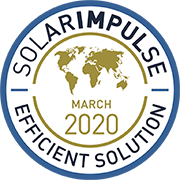


This is the way
To contribute to a more sustainable and circular construction industry through disruption and innovation in order to reduce the impact on nature, today’s construction industry is roughly 30% of Co2 emissions
PET plastic is a problem when misplaced
Concrete is a problem when placed
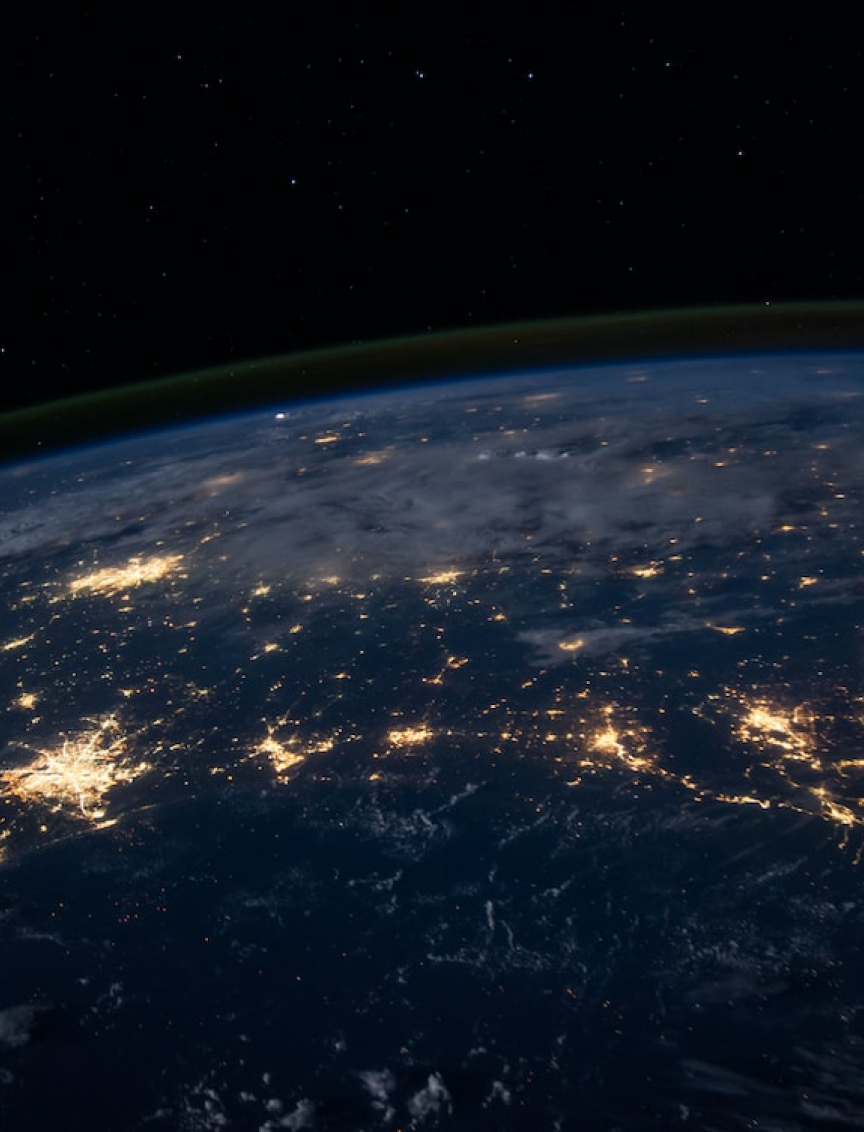
Sustainability
According to UN Habitat, at least 1.6 billion people live in inadequate housing conditions, without access to basic services or sanitation.
At the same time, plastic use and used plastics are increasing despite recycling efforts.
Today, we must protect nature, it is imperative to preserve resources and living diversity.
The reuse of recycled plastic to build, preserves nature and its natural resources.
By pairing two of the biggest and most challenging problems, namely the world’s housing deficiency and the problem of used plastics, we stand for a significant contributor to a better, cleaner, and preserved world through innovation in the construction industry.
Lack of housing
globally
Population growth is outpacing housing construction.

Urban population is expected to grow from 50% of global population today to 68% in 2050.

3 billion people are expected to require adequate housing by 2030.

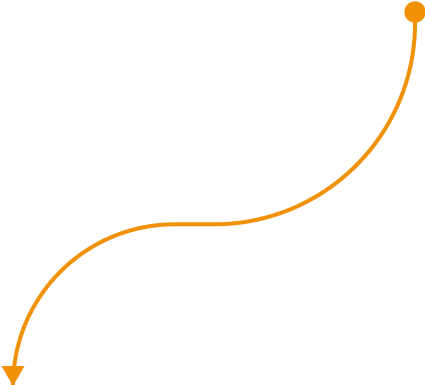

As of 2018, over 1 billion people lived in slums or informal settlements.
The plastic resource
in numbers
Every month, governments spend fortunes trying to manage this waste.
Yet the amount of plastic we make, and the waste produced is rapidly increasing. Leakage into the environment is expected to triple in the next 20 years if nothing is done.
The good news!? Technologies that could reduce the leakage by at least 80% already exist. A circular Plastic economy is emerging– to replace the typical cycle of, make, use and waste – by re-use, recycle and re-use…. providing for the world the most constructive way to eradicate plastic pollution.
UHCS is a contributor to this necessary radical change.
Circular economy
Our goal, is to create a sustainable value chainthat meets its own needs through upcycled and renewable raw materials, including energy. we are on our way and have already achieved significant results on this path.
Resource management and the reduction of CO2 emissions play a central role in the business model of UHCS.
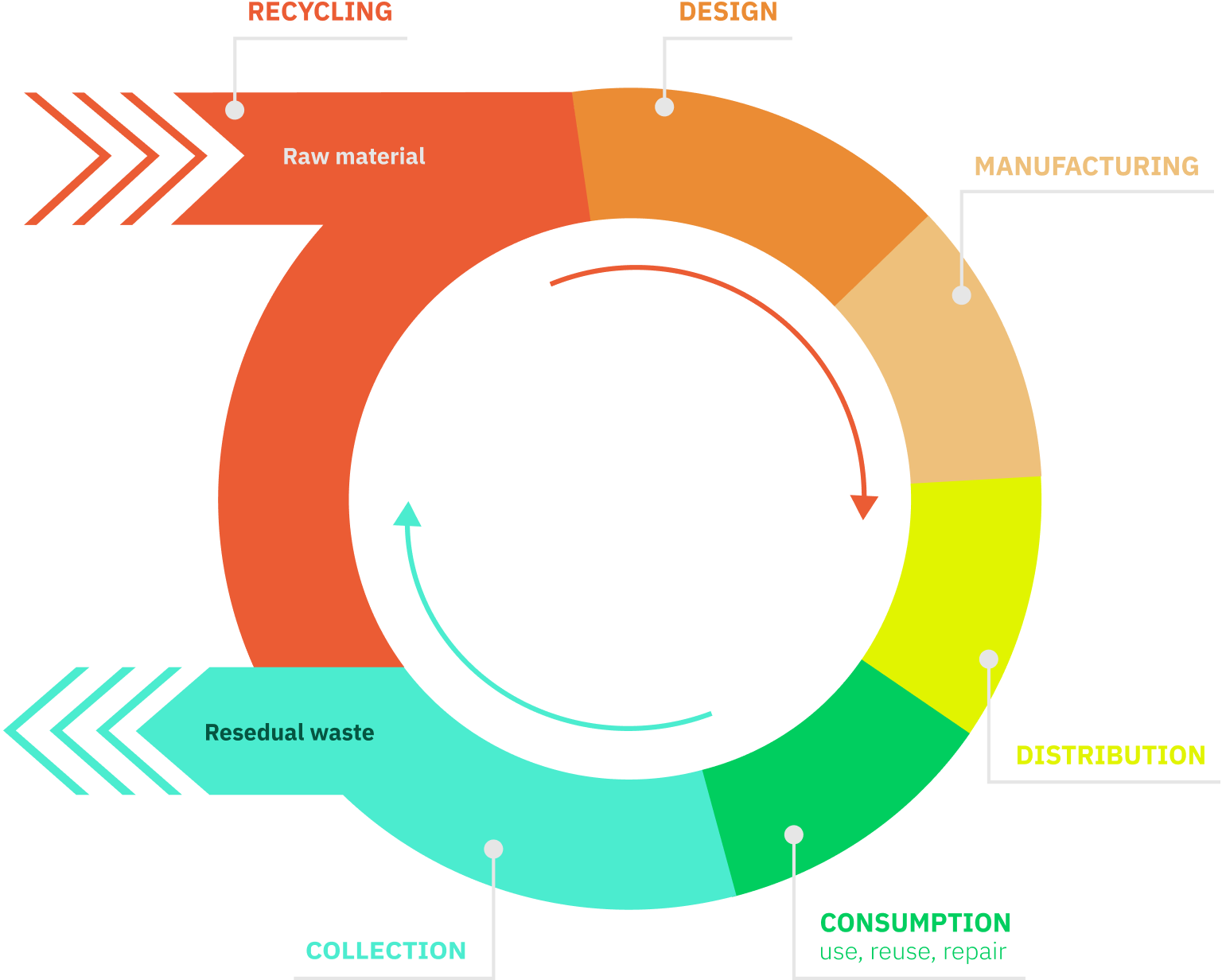
History
The UHCS construction system was imagined by artist and philanthropist Igor Ustinov in response to an observation: the urgency of providing affordable and sustainable housing all over the world, with easy implementation and in line with circular economy principles. Mr. Ustinov invented an assembled system of extruded profiles intended to form together the structure of a standard housing module. The profiles are made from an upcycled PET composite-based material. Presented in 2017 at the International Exhibition of Inventions in Geneva, the concept won the IFIA award for best the invention. Later, the Environmental Defensor André Hoffmann decided to join the venture and support Igor ustinov in developing and perfecting the system, together as a team with the assistance of top-tier engineers and architects. They have been fine tuning and implementing technical improvements to reach market readiness for their UHCS solution.
Founders & Inventors
generated 4 international patents
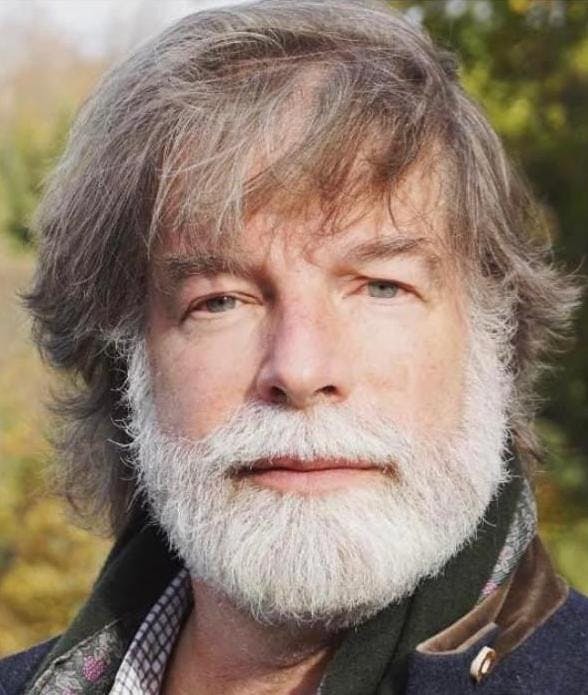
Igor Ustinov
Igor Ustinov is the inventor of the UHCS building system and co-founder of the company. Coming from a renowned family of artists, he is an artist, a sculptor, present in many private and public collections, his work can be seen all over the world. Moreover, he has monuments to his name in several European cities and in the United Kingdom. He is the creator of the "Benois de la Danse" at the Bolshoi Theater, and of the "Hussard" of literature, Paris. Mr. Ustinov has also been active for many years in philanthropic foundations for the health and education of disadvantaged children.
He studied sculpture at the Paris Beaux-Arts and opera singing at the Paris Conservatory. He has an MPO in biology from the Paris 7 Faculty of Sciences.
Apart from his militant and structured commitment, Mr. Ustinov remains above all the artist that he is, a creative!
Andre Hoffmann
André Hoffmann is Vice Chairman of Roche Holding Ltd. Alongside his non- executive roles in the family business, he has a distinguished cursus in nature conservation and sustainability. He is the President of the MAVA Foundation of the Tour du Valat Foundation in the Camargue region, France. He has joined the Board of SytemIQ to help positively disrupt critical economy systems; the Board of Trustees of the World Economic Forum and the Center for the Fourth Industrial Revolution in San Francisco. He is Chairman of the Advisory Board of the Hoffmann Global Institute in Business and Society (HGIBS) at INSEAD.
Through his multiple initiatives, Mr. Hoffmann is attempting to influence business thinking towards the long term by pushing companies to not only report on financial guidelines but also on their real contribution to society in environmental and social terms.

© 2023 UHCS CONSTRUCTIONS SA. All Rights Reserved.






